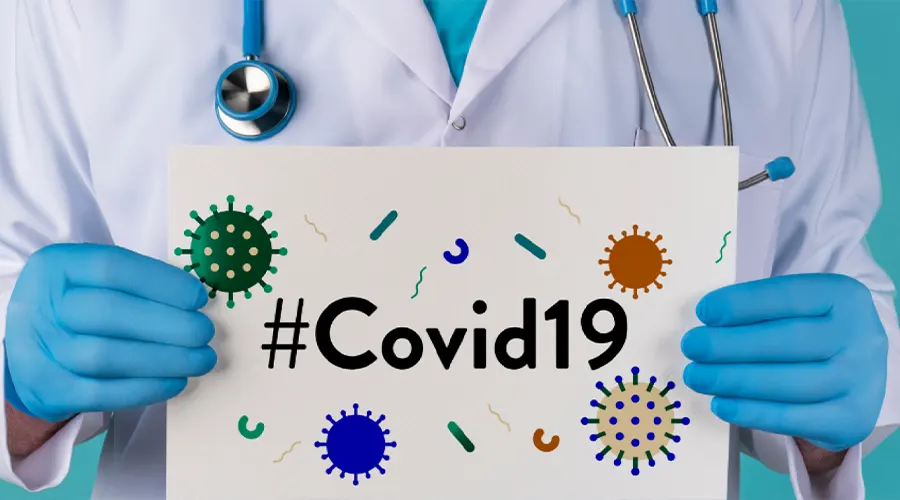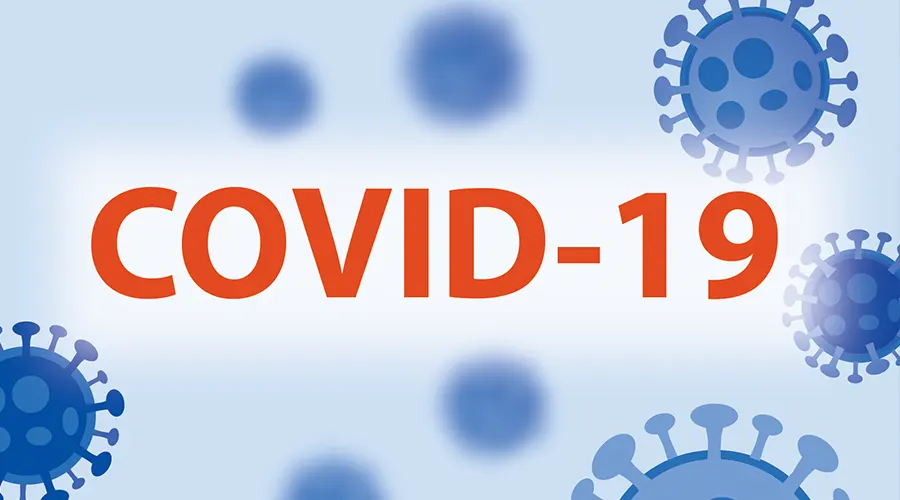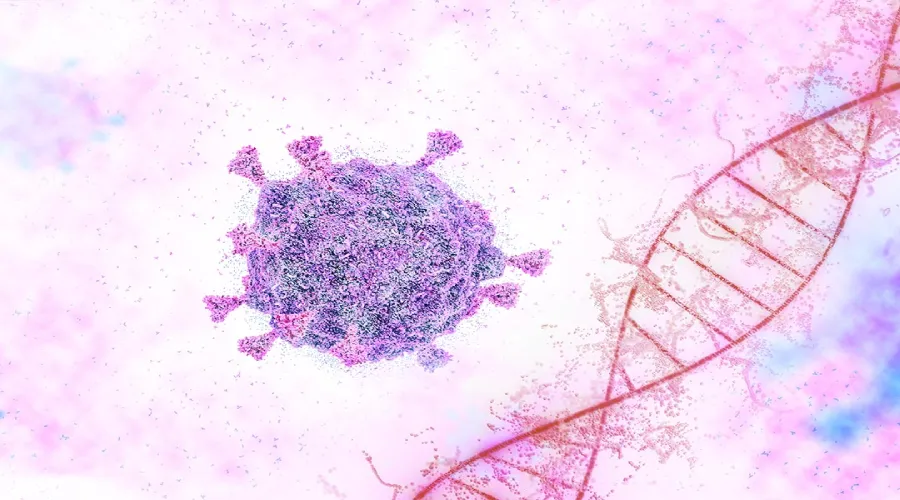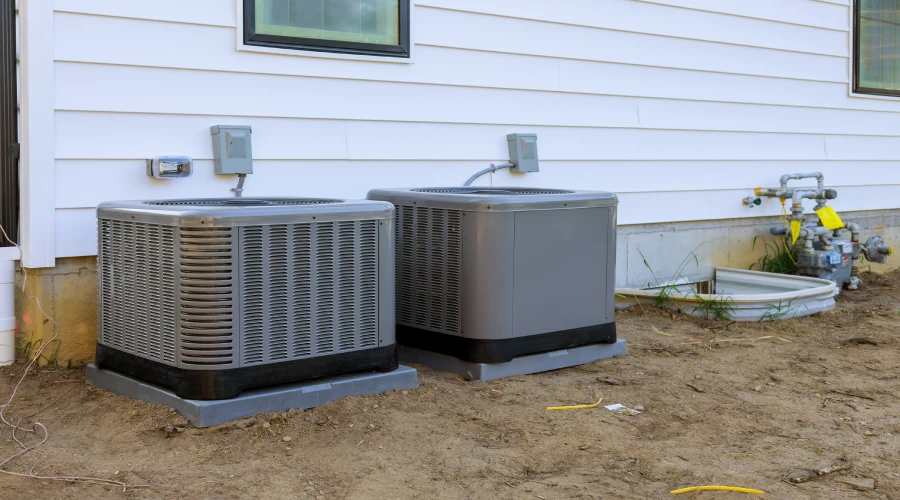Coronaviruses are a class of viruses that cause respiratory disease in humans. They're known as "corona" due to the crown-like spikes on their surface. Serious acute respiratory syndrome (SARS), Middle East respiratory syndrome (MERS)and, consequently,commonly known as the cold, are some examples of coronaviruses which cause illness in humans.
The latest variant of coronavirus called SARS-CoV-2 was first reported in Wuhan, China in December 2019. The virus has since spread to every country in the world.
What You Need to Know About Coronavirus And Covid-19
If you have a positive test for COVID-19and you are more likely to become sick, treatment is accessible, so don't be worried and visit the nearest covid-19 Covid Treatment Clinic Located in Addison. The best treatment will lower the chance of being hospitalized. So don't delay, treatment must be started within days of the first onset of symptoms to ensure the effectiveness of. Other medications canhelp ease symptoms and help manage your illness.

What is the method of transmission?
It's probable that the Coronavirus Disease (COVID-19) originated in an animal species and later spread to human beings.
The spread of the novel coronavirus has been reported, however, it's unclear how quickly this occurs.
Other human coronavirus strains are passed from person to through droplets of contaminated fluids from an individual suffering with the illness (through coughing or coughing) or by hands that have been infected.
What is the process by which the coronavirus (SARS-CoV-2) be transmitted from person to person?
Coronavirus is likely to be able to
- The virus is spread through drops of respiratory fluid released into air when an infected person coughs, sneezesor sings in your vicinity. You'll be infected if you breathe in the droplets.
- Coronavirus can also be transmitted through close contact (touchingor shaking hands) with someone who has contracted the virus and later touch your face.
COVID symptoms in babiestoddlers, children, and babies?
In general, the symptoms of COVID-19 in infants and kids are less severe than for adults. A handful of infected children might not show any indication of being sick at all.
COVID-19 signs for kids and adults include:
- Cough
- Chills or fever
- A shortness of breath or difficulty breathing
- The body or muscle aches
- Sore throat
- New loss of smell or taste
- Diarrhea
- Headache
- New fatigue
- Nausea or vomiting
- Runny nose or congestion
Certain symptoms of COVID-19 and thus the flu are also shared and it may be difficult to identity which both are present.
If you experience similar symptoms, which could appear and feel like covid symptoms but they are in reality an alcohol dependence not covid symptoms, so you should not go to your treatment center for covid, instead, go to your Alcohol Treatment Centers Chicago for yor treatment.
"People with flu-like symptoms should be careful about exposing themselves to other people and should get tested to see whether they have COVID" Millstone says. Millstone. "Testing for influenza viruses could be beneficial, as the available medications can reduce symptoms among people with influenza."
Cough and fever are typical symptoms of COVID-19 in children, and adults. Shortness or breath are more likely to be experienced by adults. Children can get pneumonia with or without obvious symptoms. They will also experience an excessively tired, sore throator diarrhea.
However, serious illness in children suffering from COVID-19 may be possibleand parents must remain attentive if their child gets diagnosed, or displays signs of, the disease.
What is the length of time someone suffering from COVID-19 deemed to be contagious?
If you've got COVID-19 it can take several days to develop symptoms -However, you're infectious for a period of time. It's not a problem within 10 days of when your symptoms started.
The best way to avoid spreading COVID-19 to others is to:
- Be sure to keep your feet 6 feet away from other people whenever you can.
- Put on a mask made of cloth that covers your mouth and nose when around others.
- Make sure to wash your hands regularly. If soap isn't available apply a hand cleanser which contains at least 60% alcohol.
- Avoid spaces that are crowded. The windows should be opened to let into the outdoors as much as you can.
- Stay self-isolated reception if you feel sick with symptoms that could be COVID-19 or you have a positive test result for COVID-19.
- Clean and disinfect frequently-touched surfaces.

Do I need to let my kid wear a mask when at home?
Your child's health may be an important consideration, and there may be instances where wearing a face mask at home is the best way to go.
If you've got visitorsoutdoor, outdoor gatherings are more secure that indoor one. If guests inherit your homeand you're hosting them, it's best for everyone to wear a mask if ventilation is not adequate or if physical distancing of more than 1 meter cannot be sustained.
Children who have symptoms of COVID-19 must wear a medical mask reception when they're in shared areas, as the child is able to accept it. Family members or caregivers who live within a distance of 1 meter from the sick child's place of reception must also wear a medical mask.
Coronaviruses? And the way do they invade cells?
Coronaviruses are single-strandedRNA viruswith a diameter of around 120 nanometers. diameter. They are susceptible for mutation and recombination. This makes them extremely diverse. There are about 40 different species (see Appendix 1) and they are most commonly found in humans and nonhuman mammals as well as birds. They are found in bats and wild birdsand may transmit to other animals andeventually to humans. The COVID-19 virus is believed to originate in bats, and later spread to pangolins and snakes, and hence to humans, perhaps by contamination of meat from wild animals, as the meat market in China.
The corona-like appearance that coronaviruses exhibit is caused by so-called spike glycoproteins, or peplomers. They are essential for the viruses to get into host cells. The spike has two subunitsand one subunit S1is able to bind to a receptor on the surface of the host's cell; the opposite component, S2, fuses with the cell wall. The cell wall receptor for both SARS-CoV-1 and SARS-CoV-2 is a form of angiotensin-converting enzyme, ACE-2, different from the enzyme that's inhibited by conventional ACE-1 inhibitors, like enalapril and ramipril.
Briefly, the S1 subunit of the spike attaches to the ACE-2 enzyme that is located on the cell wallsurface. There are a variety of Tran's membrane serine protease, TMPRSS2, then activates the spikeand cuts off ACE-2. TMPRSS2 also works on the S2 subunitand facilitates the fusion ofthe virus to inside the cells. The virus will then be introduced into the cell. Within the cell, virus can be released by the endosomes through acidification, or by the activity of an intracellular cysteine protease known as cathepsin.
How can parents know about the different coronavirus strains that affect babies as well as children?
Coronavirus variants, such as variants with mutations which make them more infectiousare still spreading, especially in areas where there is a low rate of COVID-19 community vaccination.
Children who are too young to be vaccinated (and adults who haven't received coronavirus vaccines) it is important to observe COVID-19 guidelines including wearing a mask in public and indoor areas to lessen the chance of becoming infected with coronavirus.
"Indoor activities are riskier than outdoor activities, but the risk can be mitigated by masking, distancing hand washing, and improved ventilation," Millstone says.
Parents and caregivers should be aware that children who are infected by the coronavirus could develop complications that require hospitalization, and may transmit the virus to other people.
In rare caseschildren infected with coronavirus can suffer a serious lung infection. They may become sick, suffering from COVID-19. deaths have been reported. That's why it's essential to use precautions and prevent infections in children as well as adults.




